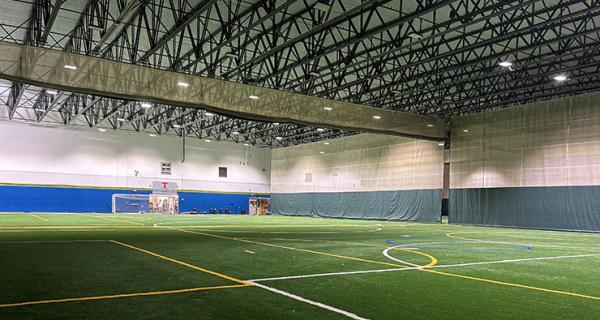3 Key Questions About Event Tech’s Role in Youth Sports
Mike Mason, GM of the Alliance Reservations Network, explains where technology is headed in sports tourism.

Mike Mason, general manager of the Alliance Reservations Network, remembers a time when booking hotel rooms online for his children’s travel sports trips was a challenge. Now, he is blending his experience in hospitality—specifically, Gaylord Hotels—and software as a service (SaaS) companies to ensure sports tourism gets ahead of the curve on the technology front.
With events back in full force, the numbers are hard to keep up with. Youth sports is valued as a $24.9 billion industry worldwide with no end in sight to projected growth. Meanwhile, staffing remains a distinct challenge for planners organizing tournaments and the CVBs and venues hosting thousands of kids per weekend.
Earlier this year, ARN acquired Playbook365, a youth and amateur sports management platform for tournaments, leagues, clubs, showcases, tryouts, and camps. The final product of the merger will be seen and used through Alliance’s Group Productivity Solutions (GPS) platform. The layman’s explanation for such a move is to cut down on the number of apps planners and their participating families need to use for one event.
The idea is to simplify registration, reservations, roster management, and communication. In today’s automated world, sports tourism is playing catch-up, according to Mason. Here, we ask Mason about technology’s growing role in youth sports and about other trends.
How does what’s happening at events lead to technology development?
We’ve found that the number of events has grown year over year, and the attendance to these events has skyrocketed. Event organizers have been able to manage more and more fields and courts by allowing more teams to participate. And when there's more teams that participate, they need technology to manage housing and manage the hotels. It’s the flywheel effect: Automation drives scaling and scaling drives automation.
Where do we stand now?
The No. 1 competitor for technologies is a to-do list that is handwritten on the back of a napkin and sits in an Excel spreadsheet. You have first adopters—those are the ones that are willing to jump in and make all the mistakes, bump into things and get frustrated. They're far more willing to download an app, and it gets tricky when they've got six or seven apps and they can't just all talk to each other. That's where the industry finds itself now. The coaches, event rights holders, and third-party housing companies are going to wait. They need things that are far more connected. This is the natural progression of technology. It’s happening now because customers are asking for it.
What should we be watching for as technology progresses?
When it comes to the parents who are actually using it, it goes beyond booking your hotel room, but also into managing the team, managing the communication, like where Billy is playing and when to catch the bus. All of these apps have to be developed in a way that requires not just very little training, but no training. That's really where this technology needs to go. It's not there yet. But it's getting there. The key is making it simple but also making sure you're solving the right problems.








